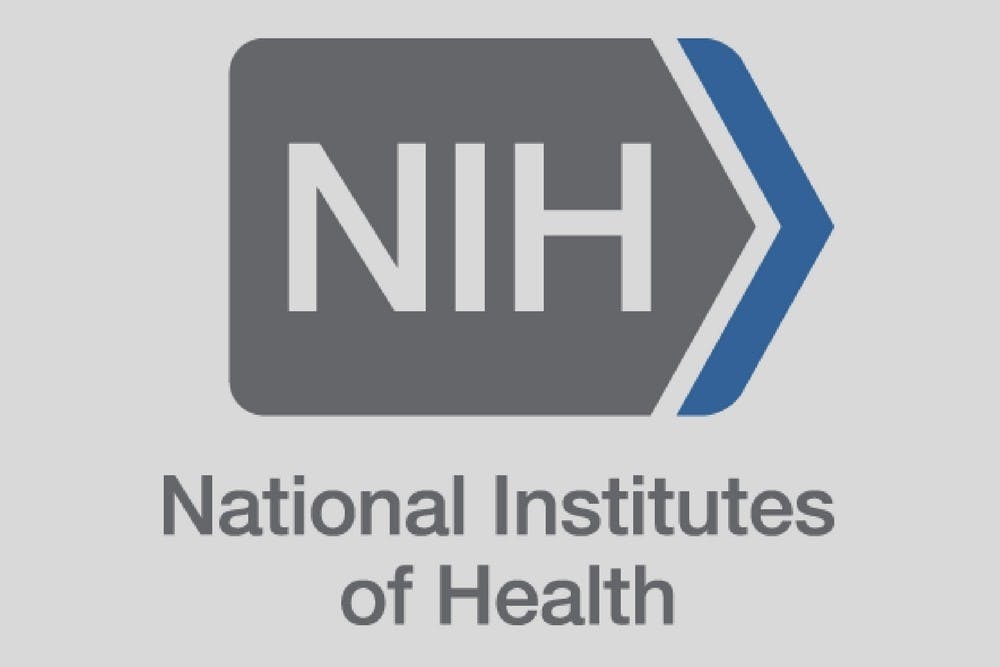Boasting multiple Nobel Prize winners and hundreds of scientific laboratories, Duke has long been known as a premier research university. With recent debate about President Donald Trump's proposed budget, however, many faculty have grown apprehensive about the future.
The Trump administration released an outline for a potential budget in March 2017, which included a close to 20 percent budget cut for the National Institutes of Health and a 31 percent slash in funding for the Environmental Protection Agency.
However, these cuts were ultimately rejected Monday morning in a budget agreement Congress finalized. In that deal, there was an increase in funding for NIH by $2 billion this fiscal year.
The implications of President Trump's suggestions were still worrisome to many investigators, nonetheless.
James Alvarez, assistant professor of pharmacology and cancer biology, also emphasized the “potential psychological harm” that young scientists might sustain from funding cuts.
“I think this is going to drive a lot of really talented people out of science or to different countries,” he said.
Potential impact
Researchers in multiple science departments at Duke emphasized their reliance on federal funding in operating their labs.
“The largest source of funding [for immunology labs] is the NIH,” said Michael Krangel, Mary Bernheim professor of immunology and chair of the immunology department.
Krangel noted that the NIH took preliminary steps after the first draft of the budget was announced, which ultimately affected one immunology researcher at the University.
“Somebody in the department has a grant and it was funded for a certain amount,” he said. “In the second year of the grant, the NIH is now holding back money because they’re not sure what’s going to happen in the current year.”
Kathleen Donohue, professor of biology, explained that although the primary funding mechanism for her research—the National Science Foundation—was not explicitly mentioned in the budget proposal, its status was also on shaky grounds.
She noted that the NSF has hadn't seen significant increases in funding in the past 15 years, which has made the playing field for grant applications increasingly competitive in recent years.
Budget reductions like those proposed by President Trump could have trickle-down effects for employees, in addition to primary investigators, Donohue said. For example, a cut in grant money would likely affect the number of employees or student researchers that could be supported on such funding.
“As I’m going into the second year of my grant, if they tell me that it’s 10 percent less, then I have to fire somebody,” Krangel said. “If I have to fire somebody, that’s perhaps a third of the progress on that grant that goes out the window and a career that gets damaged.”
Krangel added that a funding cut would also especially impact junior faculty, as they would be less competitive in applying for grants receive compared to their seniors.
The cuts would also reduce the overall research output of a university like Duke, Krangel explained. He said that in the particular context of the immunology department, their progress in fighting cancer, autoimmune diseases and infectious diseases would be “slowed substantially” because faculty would “do a lot less research.”
Looking elsewhere for funding
Although many private agencies commit funding to scientific research, researchers noted that such efforts would still be unlikely to cover larger cuts from the NIH.
“People are always looking at other agencies [for funding], and there isn’t excess money at other agencies,” Krangel said. “When NIH funding goes down, the pressure on those other agencies rises without there being an increase in funding, so it just becomes harder to get money everywhere.”
Donohue added that private funding often comes with strings attached. For example, she said, a private sector biotechnology company funding studies at Duke might impose intellectual property agreements. Such requirements would potentially limit a lab’s ability to publicly release its findings.
As an example of funding outside the NIH, Alvarez noted that a portion of his funding for breast cancer research comes from the Department of Defense.
“That type of funding is quite a bit different from NIH," Alvarez explained. "It’s both shorter term and in general the grants are smaller. Those are both sort of bad things because it means that we have to write more grants more frequently and can do less with them.”
However, Krangel said it's up to Congress to realize the grave implications of slashing NIH funds.
“I think that Congress has been much more supportive of NIH and of science than the current administration appears to be,” he said. “The notion of trying to save money by underfunding NIH makes—to me—absolutely no sense as a long-term plan for the success of our national interest.”
Correction: The article was updated to correct inaccurate information. Congress had not passed a budget for the 2018 fiscal year. It had only finalized a budget agreement. The Chronicle regrets the error.
Get The Chronicle straight to your inbox
Signup for our weekly newsletter. Cancel at any time.

